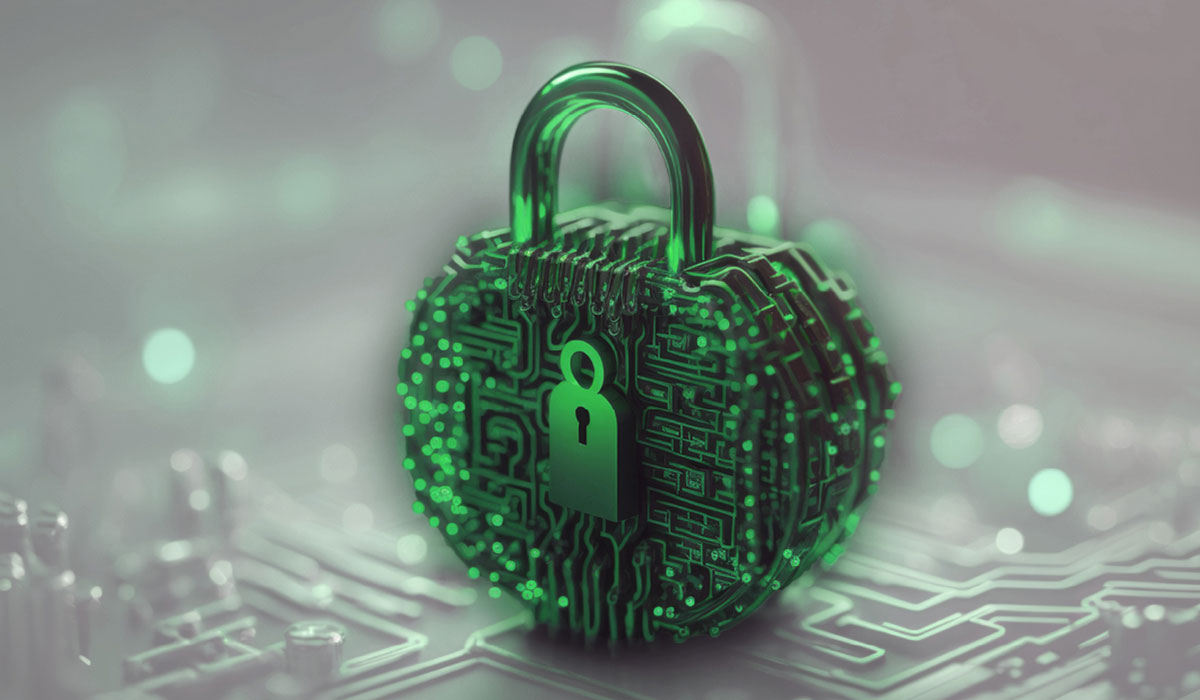
From EDR to XDR and Beyond: The Evolution of Endpoint Security
For every bad actor there is always someone or something in the background working to prevent attacks. From EDR to XDR, today's rapidly changing threat landscape means these solutions are critical to strong cybersecurity.

Cyber threats are constantly evolving, leading to the development of new cybersecurity approaches in recent years. One of the most important advancements is Endpoint Detection and Response (EDR), which emerged in the early 2010s to detect and respond to threats on individual endpoints.
However, as cyber attacks became more sophisticated and targeted, EDR solutions were seen as limited in their ability to protect entire digital ecosystems. To address this, Extended Detection and Response (XDR) was developed to include other sources of threat data such as network traffic, cloud environments, and email systems. This article will explore the history and evolution of EDR and XDR, highlighting their importance in today's rapidly changing cybersecurity landscape and their value to businesses in securing their digital assets.
The Evolution of Endpoint Security

EDR Emerges
The first EDR solutions emerge, offering a new way to detect and respond to threats on individual endpoints. These solutions are typically focused on detecting malware and other threats that traditional antivirus software may miss.
Endpoint Defenses Ignored
In the Target data breach, attackers phished HVAC credentials from a trusted vendor. Endpoint defenses detected the malware being installed, however defenders didn't take any action and likely presumed a false positive. This proved a serious need for clear, actionable alerting and response from EDR offerings.


The Rise of Ransomware
Ransomware, which encrypts a victim's files and demands payment in exchange for the decryption key, leads to a renewed focus on EDR. EDR solutions become more advanced, offering real-time monitoring and automated response capabilities.
NotPetya
The NotPetya ransomware attack, which caused billions of dollars in damage to companies around the world, underscores the importance of EDR as a useful tool for detecting lateral connections as they have insight into common and uncommon network connections for each host.


AI and ML joined forces with EDR to Beat the Baddies
The introduction of artificial intelligence and machine learning to EDR solutions allows for more effective threat detection and response. EDR solutions also become more integrated with other security tools, such as SIEM (Security Information and Event Management) platforms and the first XDR solutions are introduced.
Enter XDR
The concept of XDR starts to gain momentum as organizations realize they need to extend the range of traditional EDR solutions to deal with increasingly sophisticated threats. XDR is seen as a more comprehensive approach to threat detection and response that provides greater visibility and context into threats by unifying visibility, prioritizing actions, and elevating security productivity via automation and guided response.


XDR Growth During the Pandemic
The COVID-19 pandemic leads to a surge in remote work, which in turn creates a need for deep visibility and comprehensive detection and response. This results in XDR solutions becoming more popular as organizations look for ways to secure their networks and data in a distributed work environment.
The SolarWinds Supply Chain Attack
The SolarWinds breach gave hackers access to numerous government and corporate networks due to a compromised software update. This highlights the importance of EDR in detecting and responding to sophisticated threats. Whilst EDR solutions continue to evolve, incorporating new technologies, the attack further underscores the importance of XDR in detecting and responding to sophisticated threats.


Sophisticated Attacks need Sophisticated Defence
The continued proliferation of ransomware attacks, which have become increasingly sophisticated and targeted, further drives the adoption of XDR solutions as organizations look for ways to better protect themselves against this growing threat.
The future of EDR and XDR
As the cybersecurity landscape continues to evolve, XDR is expected to become an increasingly important component of organizations' overall security strategies, with new technologies such as AI, machine learning, and automation driving further innovation in the field. Since endpoints are a popular attack vector for gaining access to the network and sensitive assets, EDR solutions will continue to be a critical part of effective XDR solutions.




